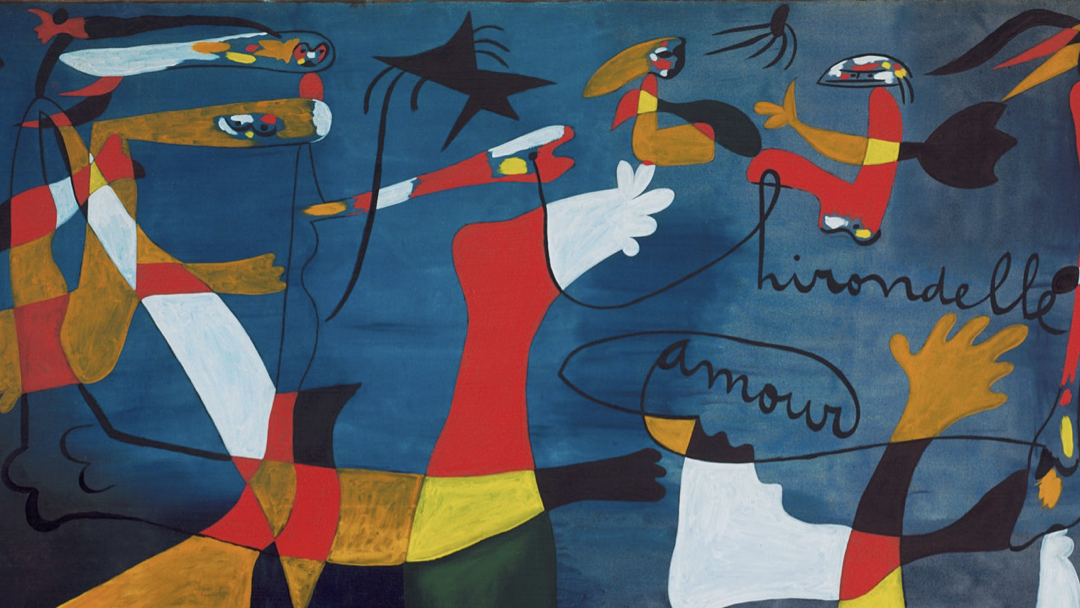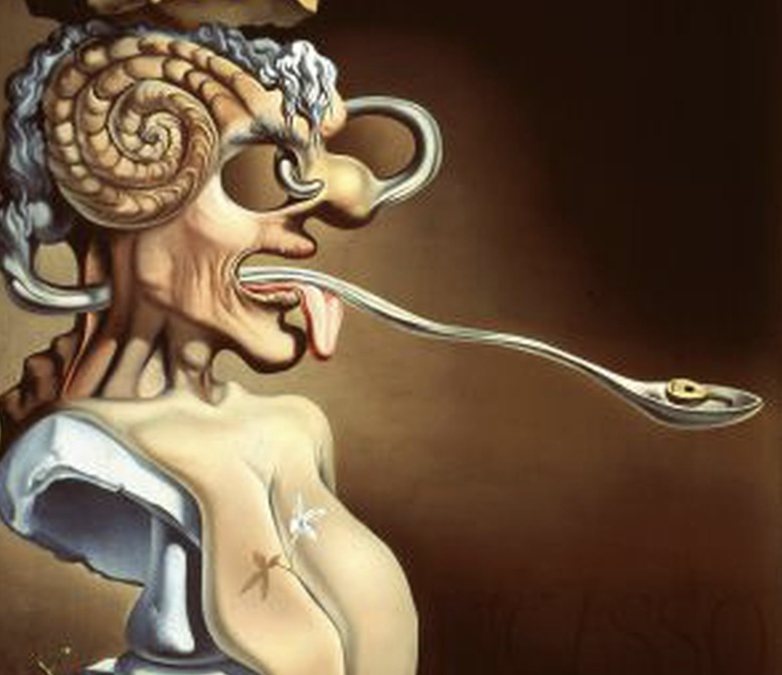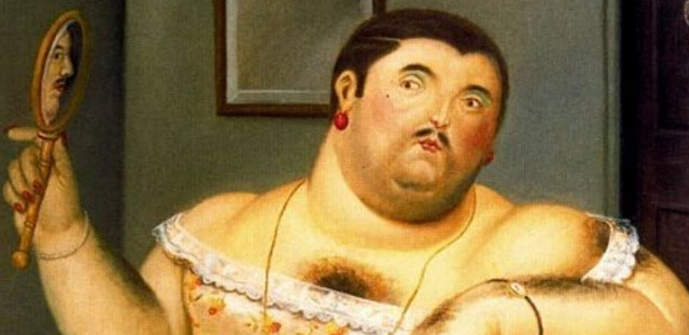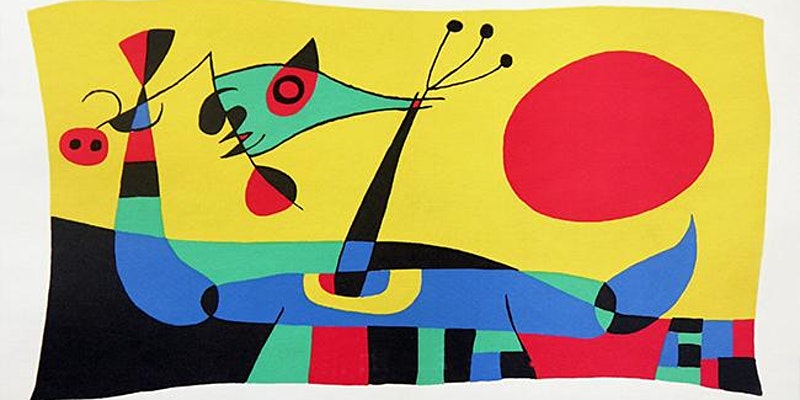In contrast to what behavioural psychology schools promulgated during the 20th century, the human infant is not a tabula rasa (blank slate), but rather is born with inbuilt drives and needs. One of the most important drives is that of attachment to others and of engaging with the world. This is paramount in humans, since unlike other animal species, we are particularly vulnerable as newborns and cannot survive without the care of an adult that feeds and shelters us.
A pioneering figure in the study of childhood development was the British paediatrician and psychoanalyst Donald Winnicott. In one of his most provocative quotes he stated that ‘There is no such thing as a baby, since a baby alone doesn’t exist. What exists is always a nursing couple, a baby plus someone who takes care of her’.
What I believe Winnicott is talking about here is about the complex process in which the baby’s identity and internal emotional world is constructed. The baby cannot see her own face; metaphorically, the baby cannot know herself and relies on the mother to aid in this process. The mother therefore acts as a mirror of the baby’s needs, who progressively is able to understand that she has an internal world of her own, with her own needs, which are interrelated with those of her mother, but not exactly the same. Although here, it is important to clarify that the mother does not represent a pure mirror. A mirror is a surface who reflects light and shows us our own image. The eyes of the mother show nevertheless not an exact reflection, but a subjective gaze, which looks at the baby in a very specific way, and returns a personal and non-transferable image which, if everything goes right, makes the baby feel safe.
Taking this idea forward, if the baby sees herself when she sees the mother, the human bonds are therefore established by seeing in the other something that is really ours. What does this mean for the psychotherapeutic experience? Anna O., Freud´s first patient, described the psychotherapeutic experience as the ‘talking cure’ but one could also call it the ‘mirroring cure’. Ultimately, one could say that as patients we come to therapy because as babies, we cannot see ourselves fully. Therapy is therefore a process of examination, where one feels that she is being looked at. When someone deposits their gaze in you, it can create the feeling that there is time for you, that you exist. The gaze can then allow you to be curious about yourself, about your existence or your needs.
Psychotherapy is, in essence, a corrective emotional experience that tries to emulate a satisfactory caregiving experience, one in which the patient can see herself, or part of herself which was previously kept at bay, because one can only see what is shown. Psychotherapy aims to be an exercise of ‘opening eyes’, of being shown something that at some point could not be shown, a part that was too painful, too overwhelming or too shaming, but that was having an impact in our life.









